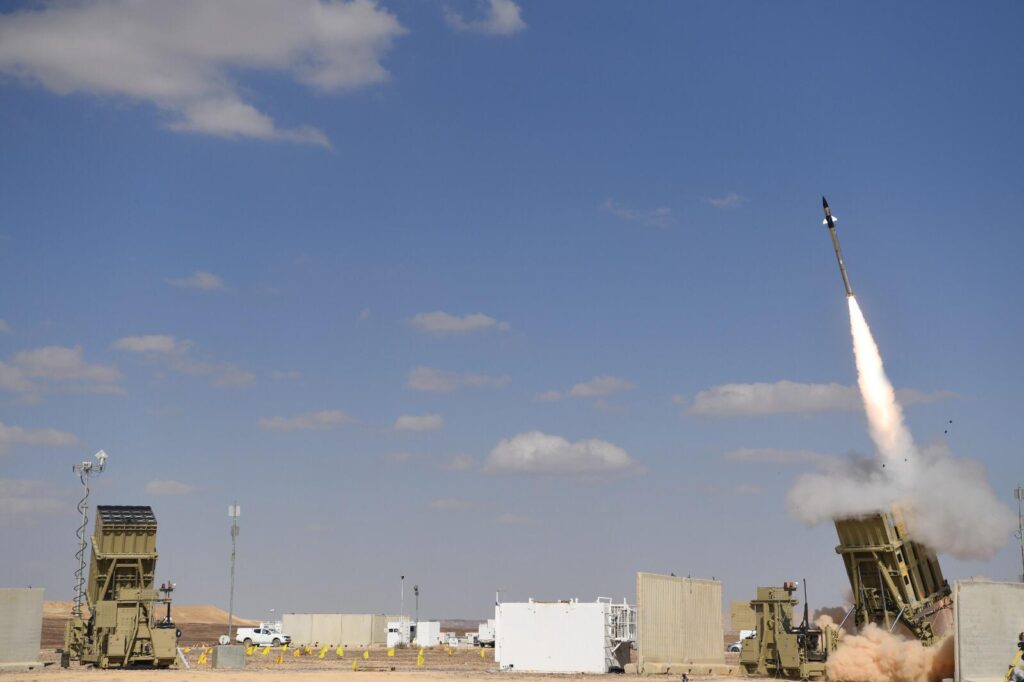Navy Approves Service Life Extension for Four Arleigh-Burke Class Destroyers

Release from the Office of the Chief of Naval Operations
*****
03 August 2023
WASHINGTON (August 2, 2023) –The Office of the Chief of Naval Operations, Surface Warfare Division (N96) recently approved the service life extension of four Arleigh Burke class guided-missile destroyers.
USS Ramage (DDG 61), homeported in Norfolk, VA, and USS Benfold (DDG 65), based in Yokosuka, Japan, have been extended by five years to FY 2035 and FY 2036, respectively.
USS Mitscher (DDG 57), also homeported in Norfolk, and USS Milius (DDG 69), homeported out of Yokosuka, have been extended by four years to FY 2034 and FY 2035, respectively.
These extensions follow the March 2023 extension of USS Arleigh Burke (DDG 51) by five years through FY 2031.The extension puts each destroyer beyong their estimated service life of 35 years.
“These service life extensions demonstrate the Navy’s commitment to ensuring the surface fleet has the right capability and capacity,” said Rear Adm. Fred Pyle, director of Surface Warfare (N96) “Adding 23-years of service life cumulatively over the last six months is a significant investment in surface warfare. These extensions align to Secretary of the Navy Del Toro’s commitment to Congress during the FY-24 posture hearings to analyze service life on a hull-by-hull basis and extend the correct ships in order to be good stewards of resources invested in the U.S. Navy by the American people.”
Each of these ships have received Aegis baseline nine upgrades through the DDG Modernization program. The program provided a comprehensive mid-life modernization to these destroyers, ensuring they have the right systems to remain capable and reliable to the end of their service life. Based on analysis by the Navy’s technical community, these extensions were feasible because each ship properly adhered to lifecycle maintenance plans and were well maintained in good material condition by their crews.
“These DDGs bring the right capability and capacity to our operational commanders in an affordable manner maximizing the Navy’s targeted return on investment for these ships,” Pyle added. “Each of these extensions takes into account where these ships are in their lifecycle maintenance schedules. Extending Mitscher and Milius by an additional year to five years would require each ship to spend a year of that extension in a docking availability, which would not be a prudent use of resources entrusted to the Navy.”
The surface community will continue to evaluate the service life of each surface ship based on combat relevance, reliability data, and material condition. Currently, the Navy has 73 Arleigh Burke-class destroyers in service and is continuing to modernize the class with the latest technologies and capabilities.
For more information on the Arleigh Burke-class guided-missile destroyer, please visit: https://www.navy.mil/Resources/Fact-Files/Display-FactFiles/Article/2169871/destroyers-ddg-51/






